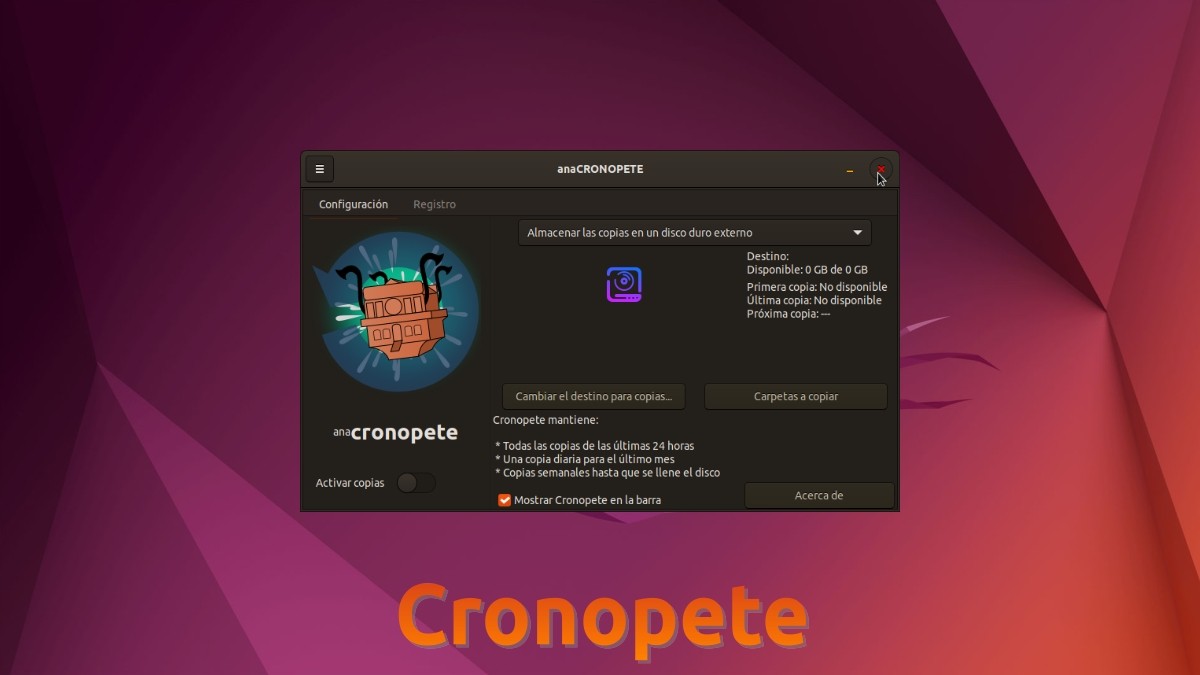
Cronopete: An interesting tool to make backups
As is well known by many of those who are passionate about free and open technologies, there are usually many applications of a single type for a certain task or goal. And as far as the field of management of backups or backupsWell, it is not the exception. And precisely today, we will explore a new, surely little known, called "Cronopete".
Surely, few will have heard of it or used it. Since, they are usually better known, popular or used, others such as, Leave Dup, Aptik, Simple Backup, Duplicati, APTonCD, Backupninja, LuckyBackup, UrBackup and Pika backup, and many more. But, Cronopete has its good and bad points, like all the others. And today, we will get to know her a little.
But, before we continue exploring this little-known app called "Cronopete", we recommend exploring some previous related content, at the end:

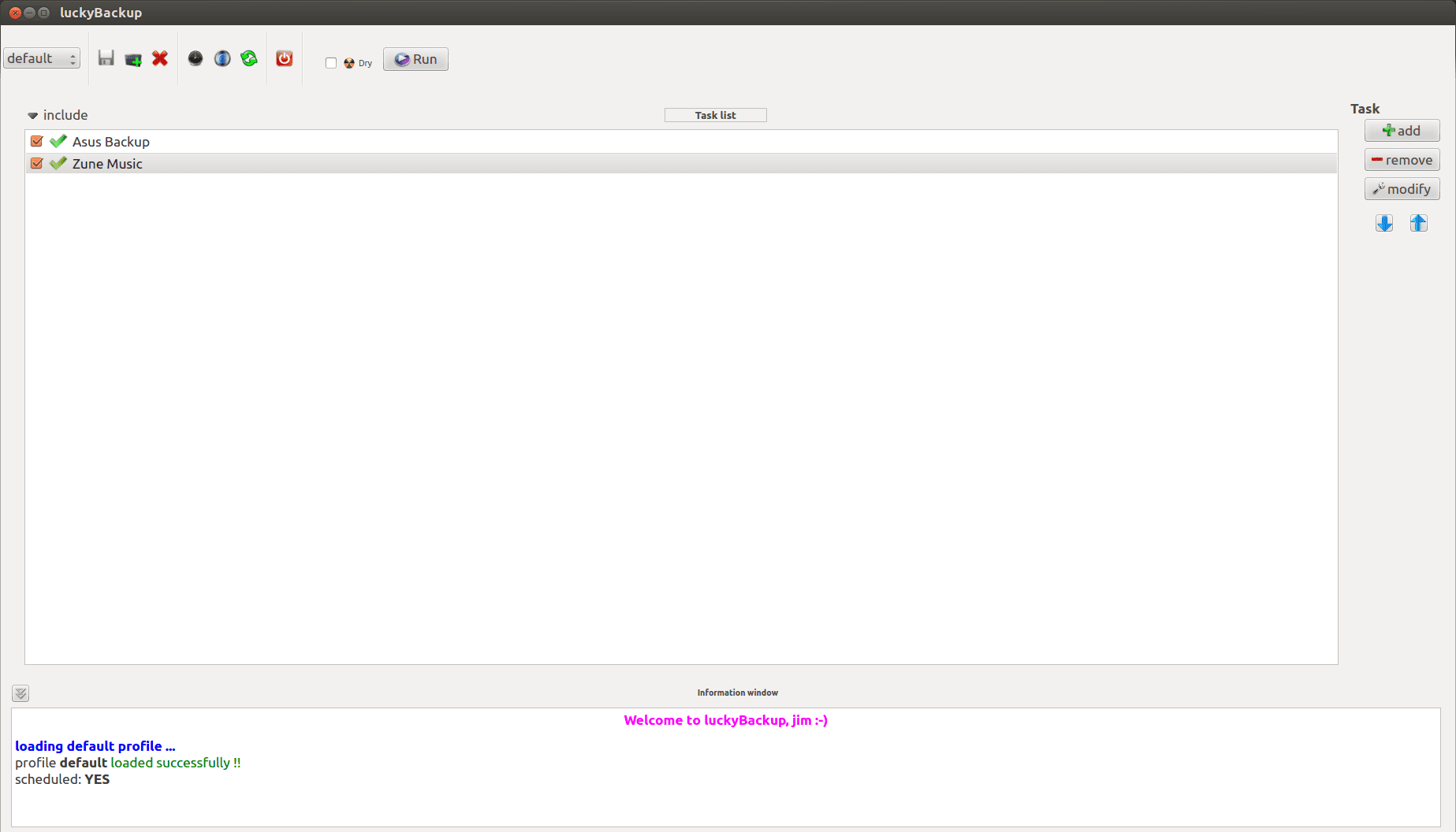
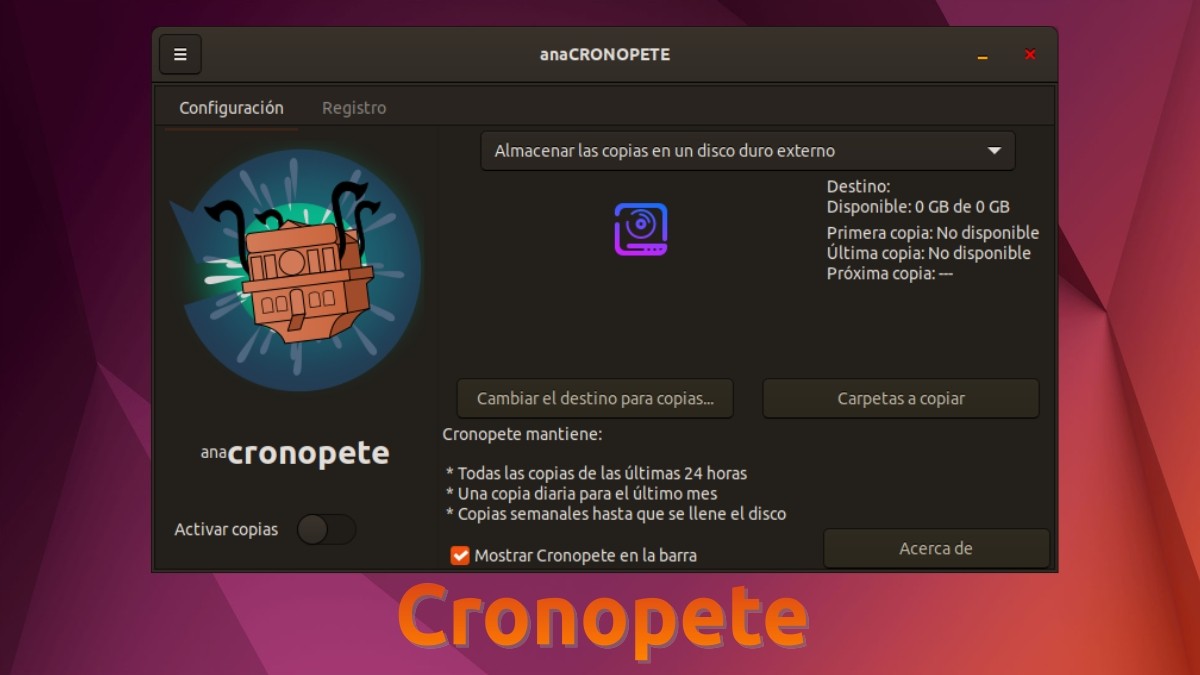
Cronopete: A clone of Time Machine for Linux
What is Chronopete?
In his Official website, the developers of this tool called chronopete They claim that it is a Linux clone of the Time Machine app, ie the native macOS app for management of backup copies (Backups).
For this reason, it has a simple and direct objective, to be a simple and functional application to generate and recover backup, periodic, and those files previously indicated, in a external hard drive or USB drive.
How It Works
Their creators affirm that, Chronopete works as follows:
"Each backup is stored separately (an hourly backup is saved for the last 24 hours, a daily backup for the last 15 days, and a weekly backup for the rest), which means that the user can choose which backup to restore. Files that do not change between backups are stored as hard links, and therefore each new backup uses much less disk space than a true full backup. Internally, it uses RSync to do all the backup work."
Installation
For its installation, it is enough locate and download the compatible installer package with our GNU/Linux Distro (Debian, Ubuntu, Fedora, Arch and derivatives of these). In our case, after lowering the .deb file, we install it by terminal with the apt manager and ready. We already have it working, as shown later, in the following images:
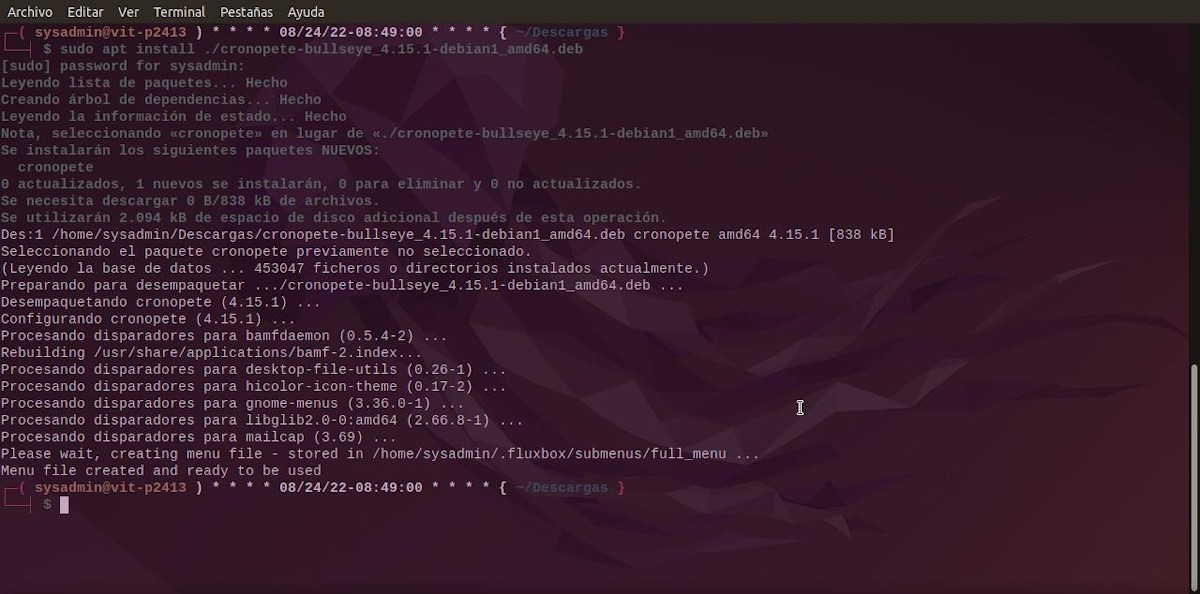
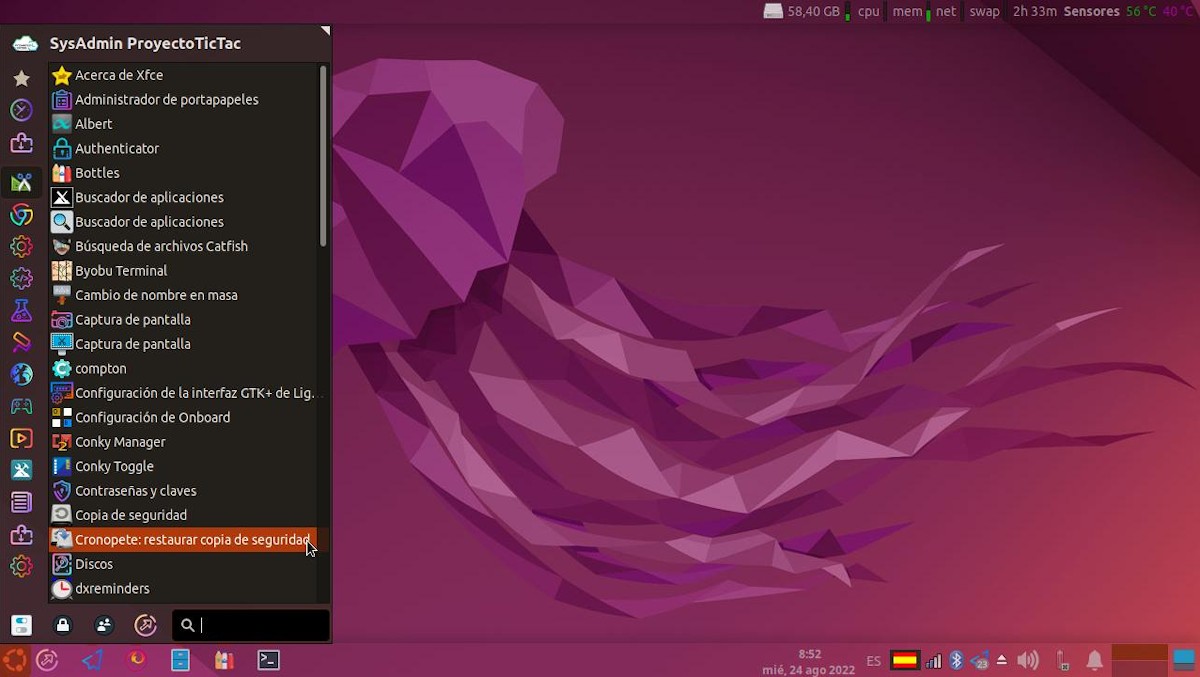
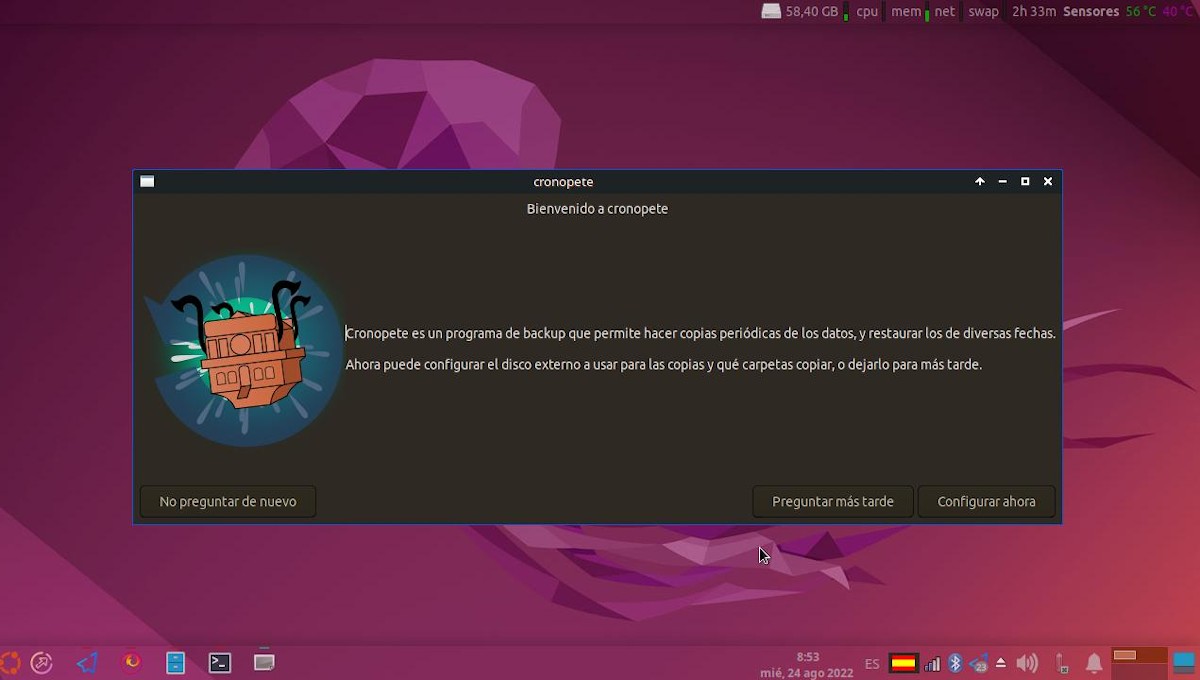
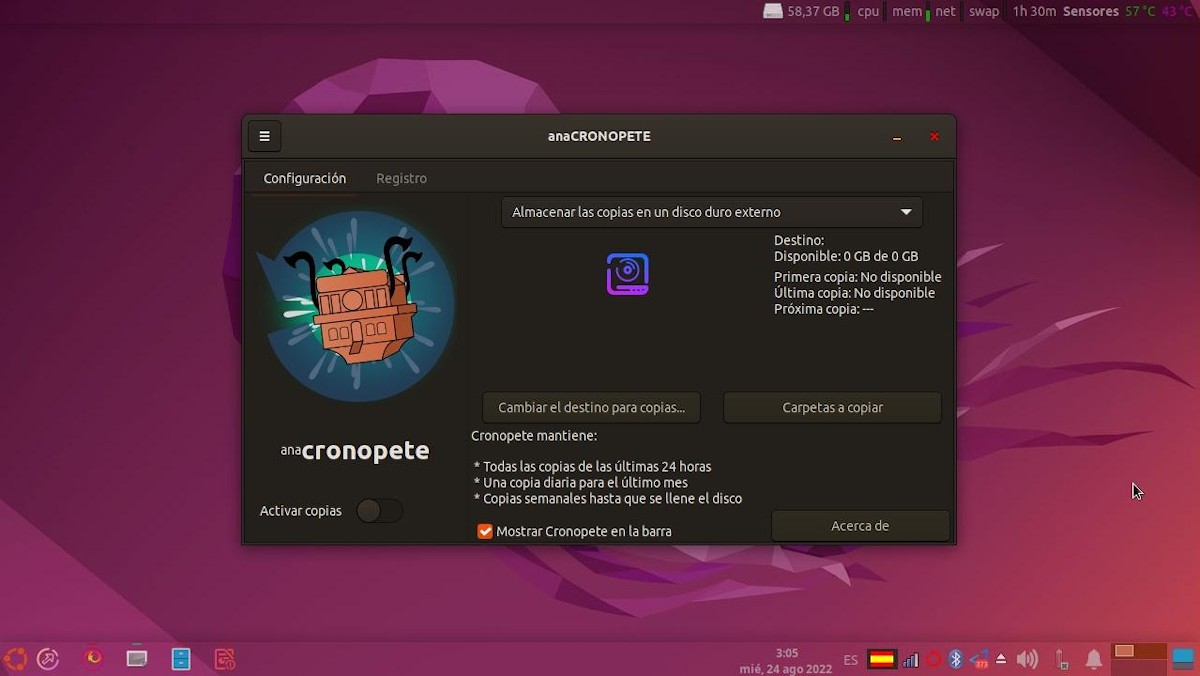
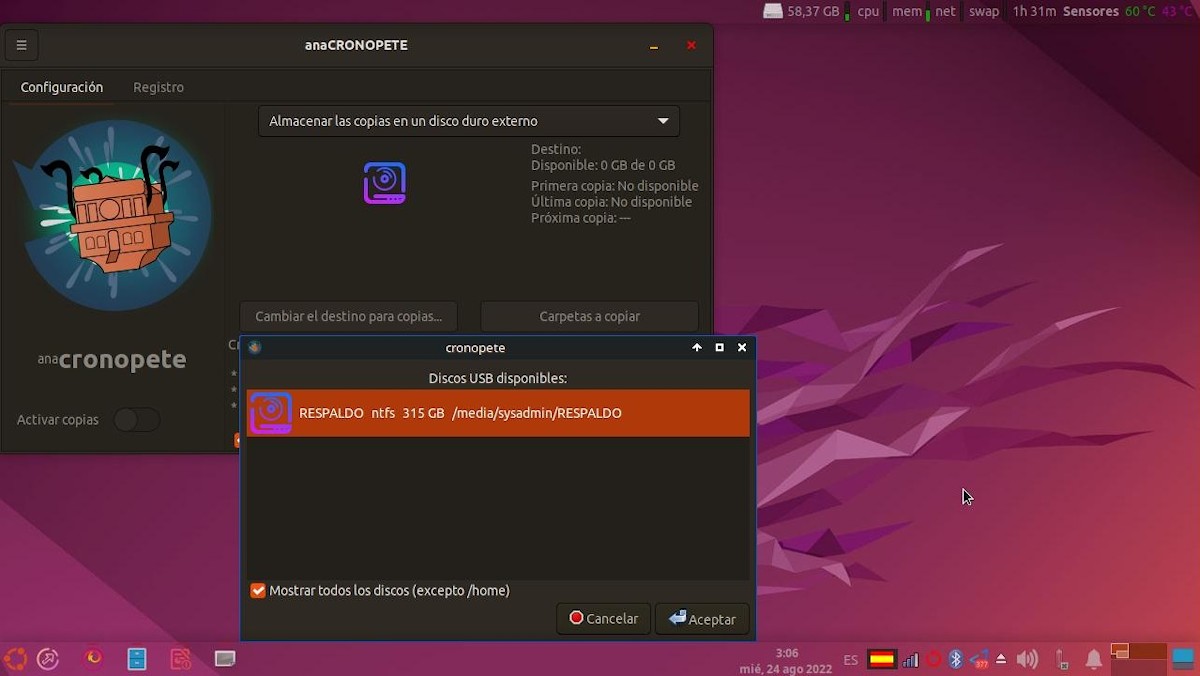
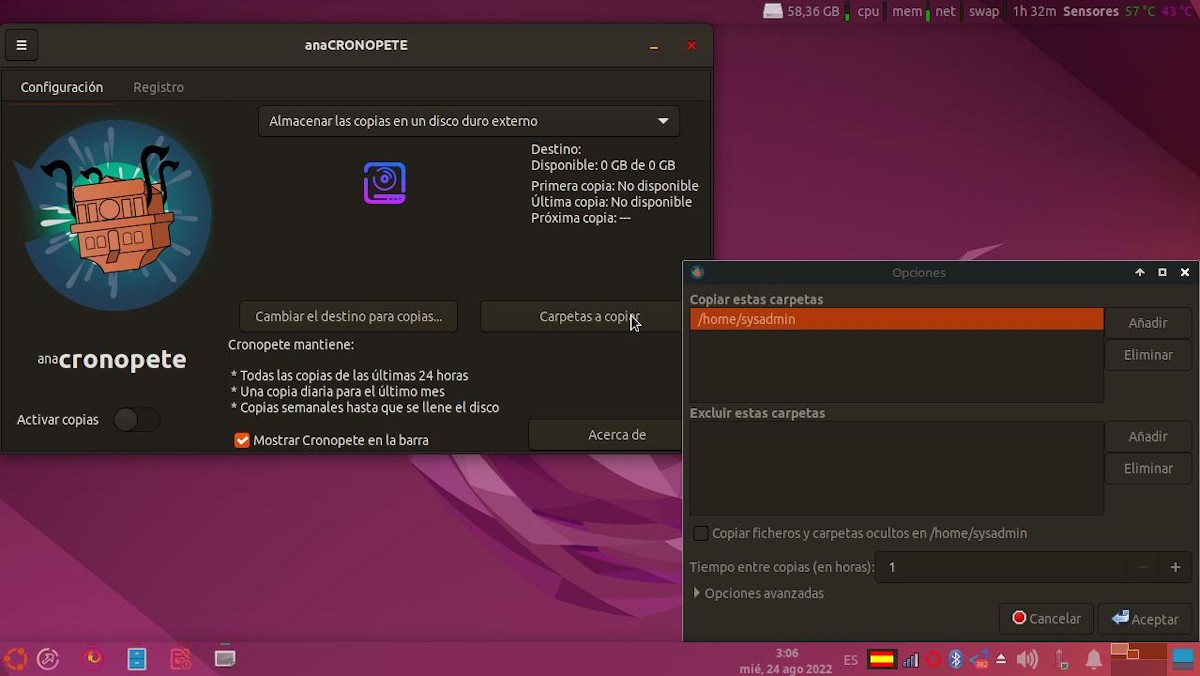
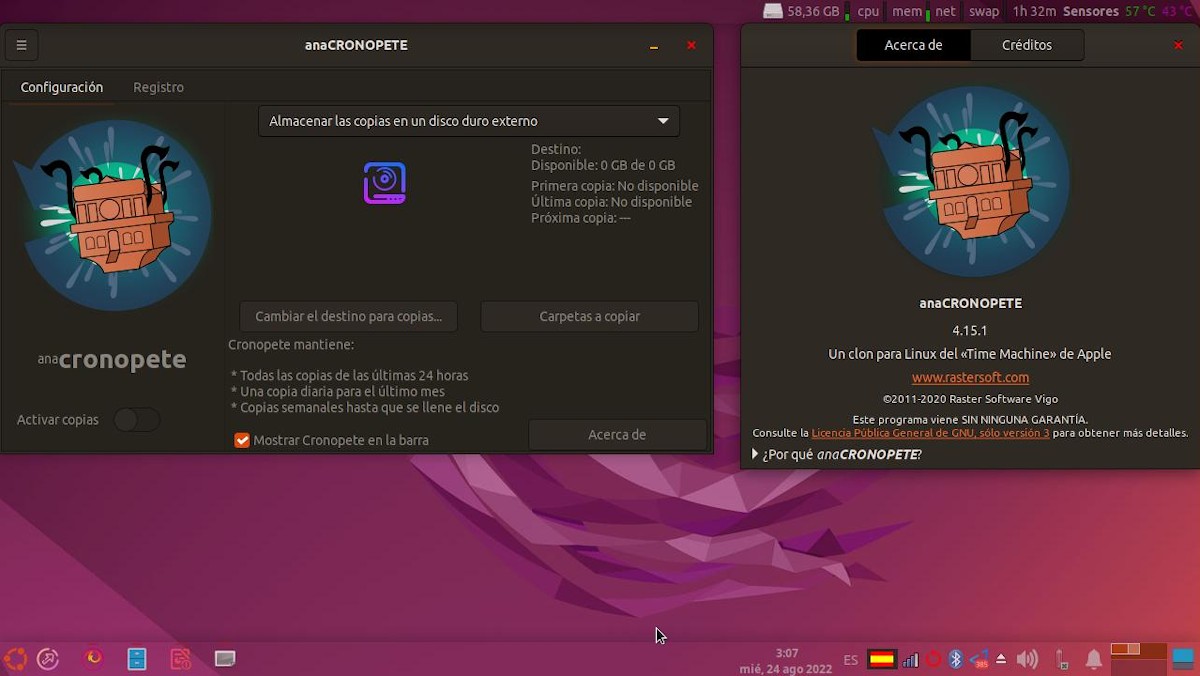
For more information on chronopete, you can explore their official website at GitLab o GitHub. However, he is currently going version 4.15.1 dated May 17, 2022.
“The name comes from anacronopete (“that flies in time”), which is a time machine that appears in the novel by Enrique Gaspar and Rimbaud, and published in 1887 (eight years before HG Wells' Time Machine) ”. Application name origin
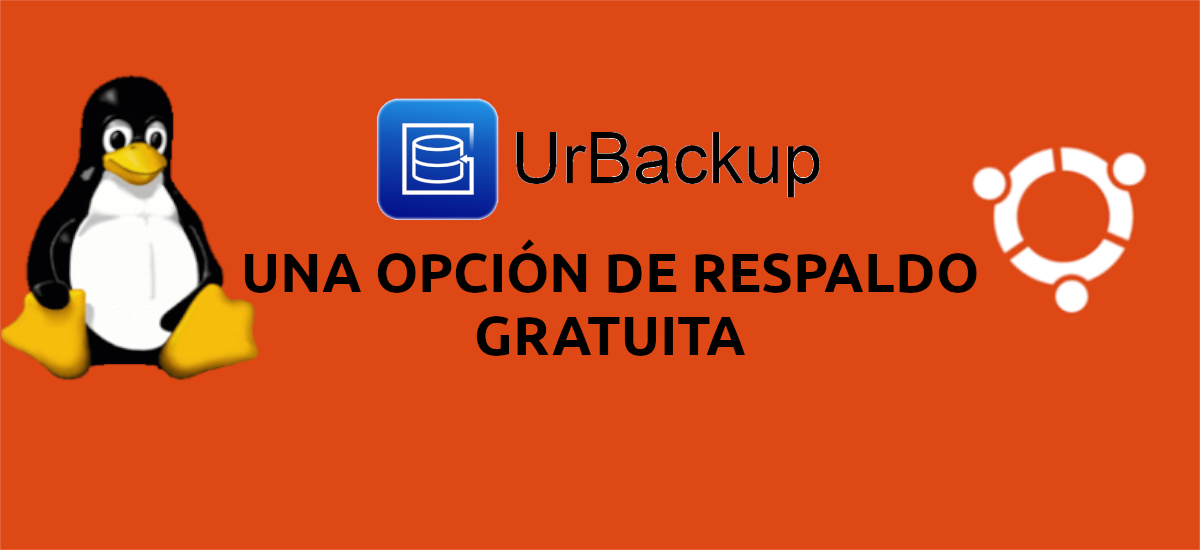
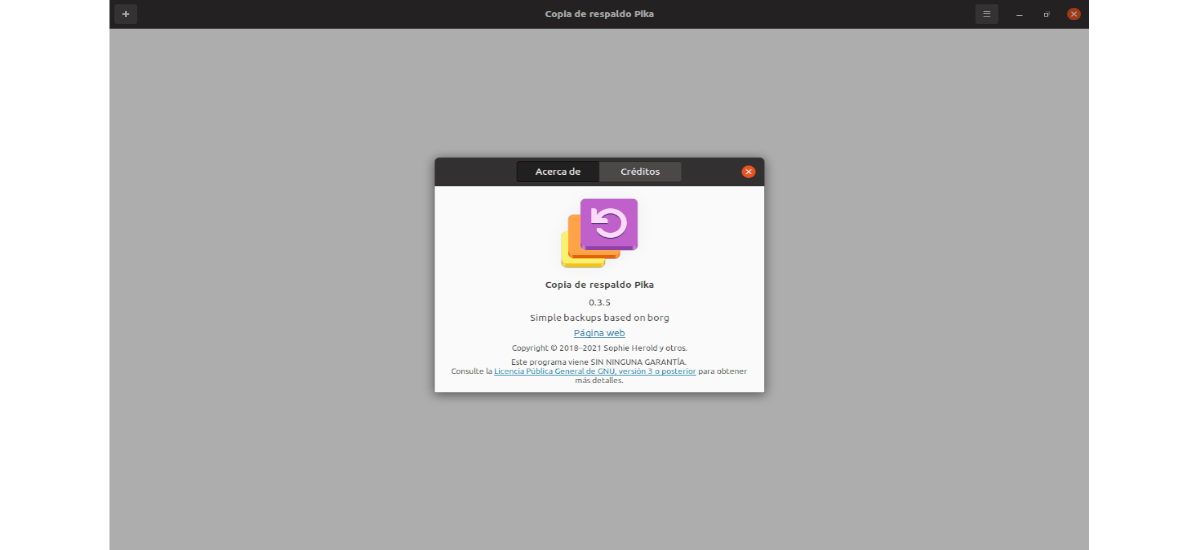

Summary
In short, if you get to try this interesting software tool called "Cronopete" to manage your backups (backups), surely you will take a pleasant impression by its ease of use and simplicity of its graphical interface, despite their few options to offer or its limitationsand exclusive use of external drives to work backups.
If you liked the content, leave your comment and share it with others. And remember, visit the beginning of our «site», in addition to the official channel of Telegram for more news, tutorials and Linux updates.
